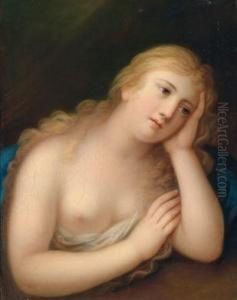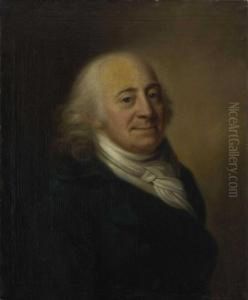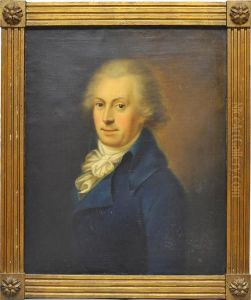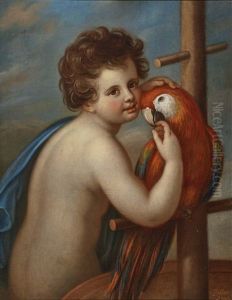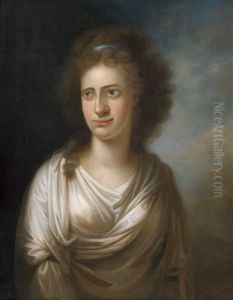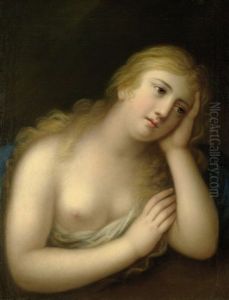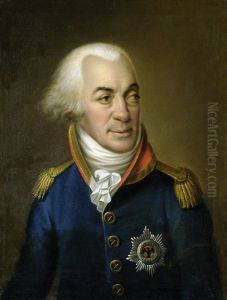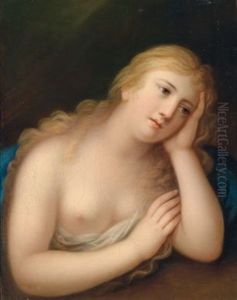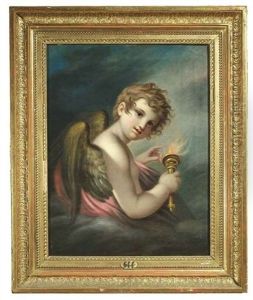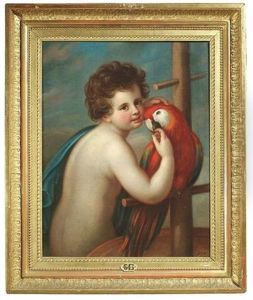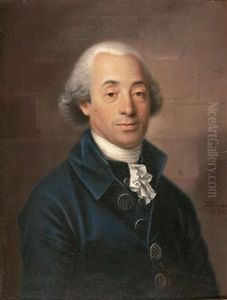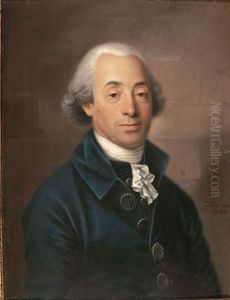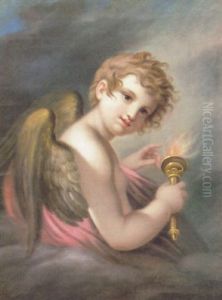Anton Zeller Paintings
Anton Zeller was an Austrian artist primarily known for his genre paintings and portraits, which depicted everyday life with a focus on peasant and rural subjects. Born on June 21, 1822, in the town of Gmunden, Austria, Zeller developed an early interest in art, which was nurtured by his family's support. He pursued his artistic education at the Academy of Fine Arts in Vienna, where he studied under noted instructors of the time. His academic training provided him with a solid foundation in the techniques of drawing and painting, as well as an appreciation for the classical and historical subjects that were popular in the academic circles of the mid-19th century.
Zeller's work was characterized by its detailed realism and sensitive portrayal of his subjects. He often portrayed the lives of peasants and rural villagers with a sense of dignity and respect, which resonated with audiences of his time. His paintings were not just simple representations of rural life; they often contained a narrative element, telling a story or highlighting the virtues of rural existence, such as hard work, family, and community.
Despite the popularity of his genre scenes, Zeller also received commissions for portraits, which he executed with the same attention to detail and realism that distinguished his genre work. His portraits often depicted members of the middle class, capturing their aspirations and status in a rapidly changing society.
Throughout his career, Anton Zeller remained an active member of the art community. He exhibited his works in various shows and was recognized by his peers for his contributions to Austrian art. His paintings were collected by art lovers and patrons, and his influence was felt by a generation of artists who sought to depict the world around them with honesty and a fidelity to life as they saw it.
Anton Zeller died on October 22, 1887, in Vienna. His legacy is preserved in the collections of various museums and private collections. Although Zeller may not be as widely known as some of his contemporaries, his work remains an important example of Austrian genre painting in the 19th century, offering insights into the culture and society of his time.
